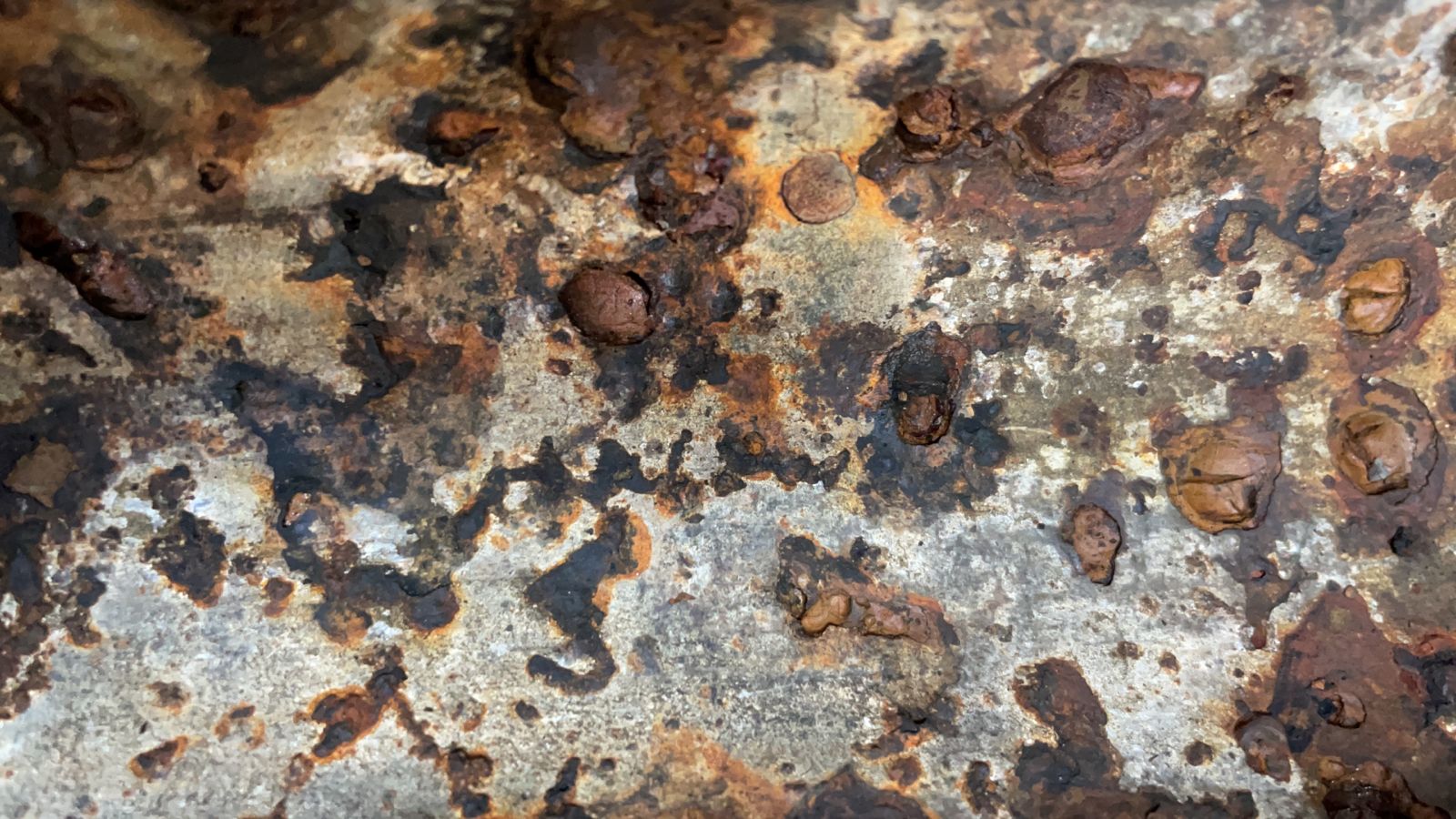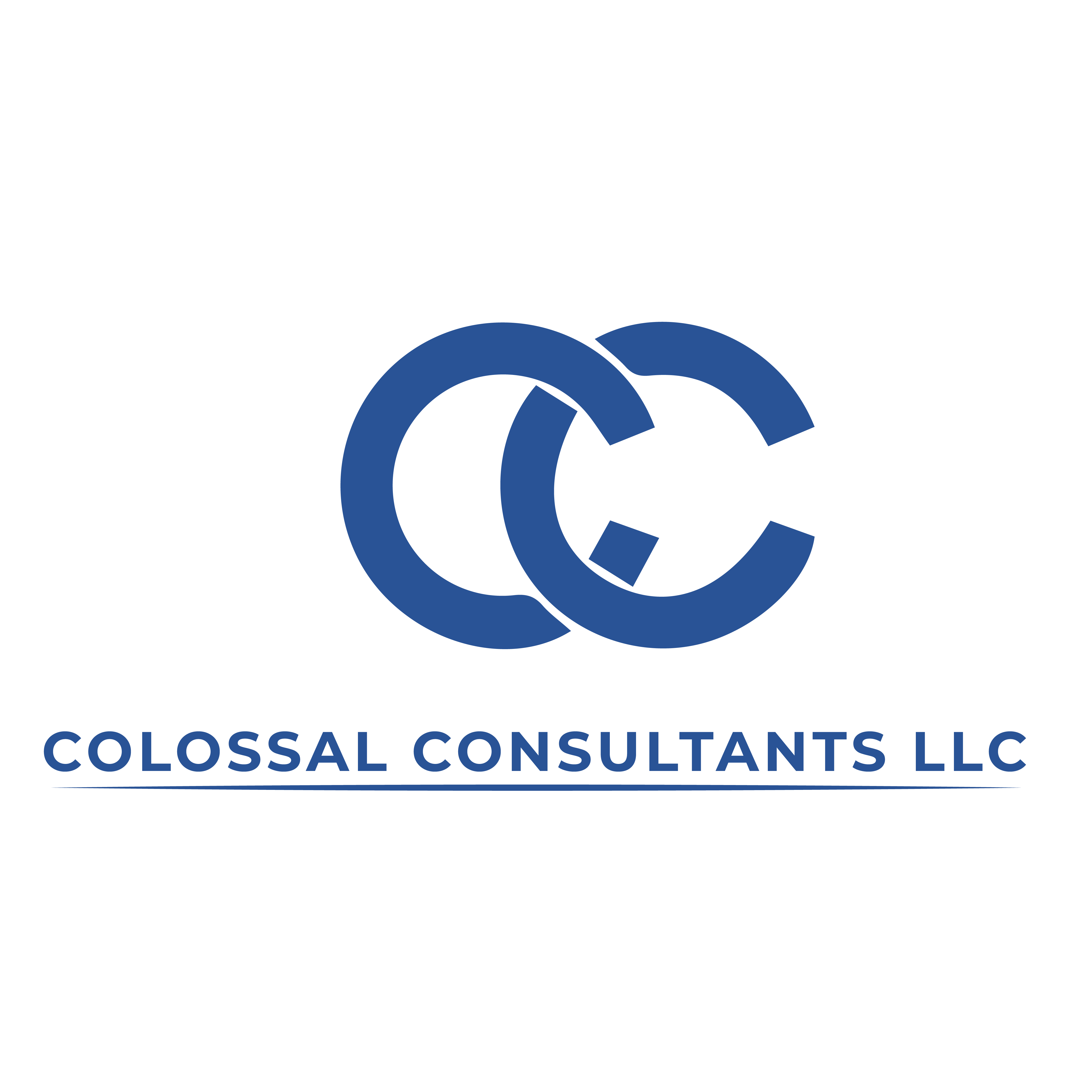CORROSION RISK ASSESSMENT METHODOLOGY

The Corrosion Risk Assessment (CRA) is an organized process used to assess the possibility of corrosion in metal materials, structures, or systems. This evaluation aids in pinpointing and prioritizing high-risk corrosion areas and in creating efficient methods to alleviate them. The procedure typically consists of the following stages:
-
Defining scope: Outline the goals, limits, and extent of the assessment. This involves identifying the materials, structures, or systems to be examined and determining the assessment's time frame.
-
Collecting data: Assemble pertinent information on the materials, structures, or systems under consideration. This could encompass material properties, environmental factors, operational conditions, design specifics, and past corrosion data.
-
Identifying and analyzing corrosion: Determine possible corrosion mechanisms (such as uniform corrosion, pitting, crevice corrosion, galvanic corrosion, stress corrosion cracking, etc.) that could impact the materials or structures. Assess the probability and ramifications of each mechanism based on the gathered data.
-
Ranking risks: Organize the recognized corrosion risks by their potential influence on the materials, structures, or systems. This generally involves evaluating the likelihood of occurrence and the severity of outcomes, which could consist of safety hazards, environmental effects, and financial losses.
-
Implementing mitigation measures: Formulate and propose suitable corrosion mitigation tactics, including material selection, protective coatings, cathodic protection, corrosion inhibitors, or maintenance procedures. These actions should be grounded in the risk ranking and aim to decrease the probability and/or consequences of corrosion.
-
Documenting and reporting: Record the corrosion risk assessment process, discoveries, and suggested mitigation actions. Generate a report that summarizes the findings and offers direction for implementation.
-
Monitoring and reviewing: Set up a monitoring system to evaluate the success of the applied mitigation measures and periodically update the risk assessment. This enables ongoing enhancement and guarantees the risk assessment's continued relevance and accuracy.
